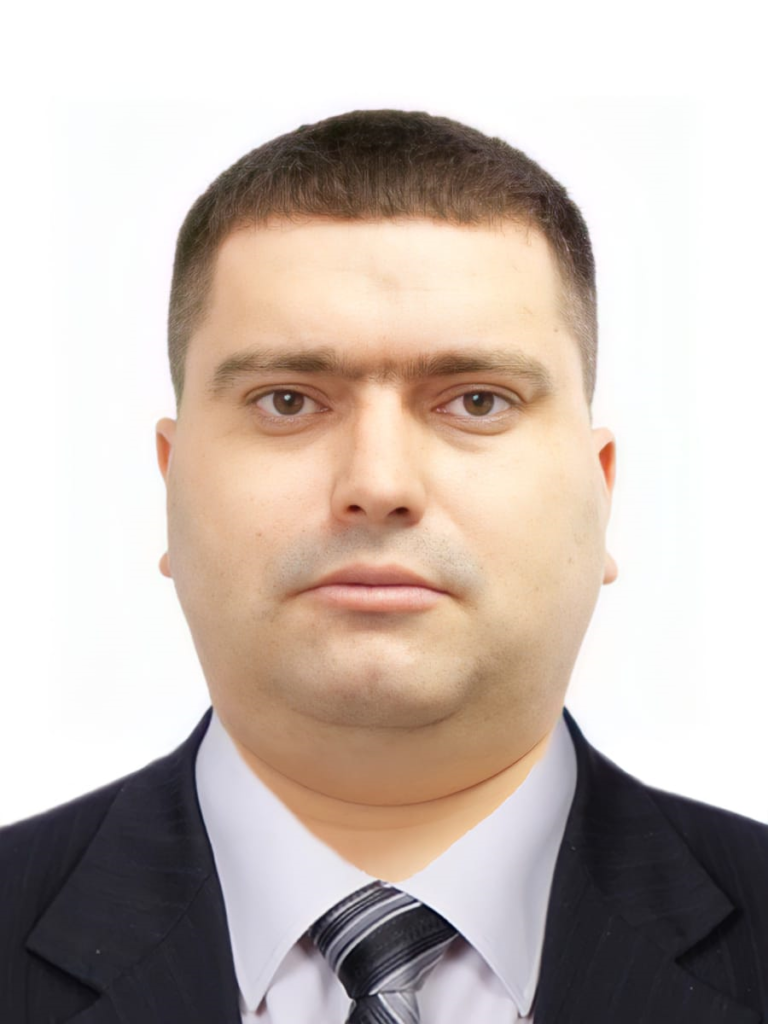Vestnik КRAUNC. Fiz.-Mat. Nauki. 2023. vol. 42. no. 1. P. 191-206. ISSN 2079-6641
MATHEMATICAL MODELING 
https://doi.org/10.26117/2079-6641-2023-42-1-191-206
Research Article
Full text in Russian
MSC 34A30
Some Aspects of the Qualitative Analysis of the High-Frequency Geoacoustic Emission Model
D. F. Mingazova^{1,2}, R. I. Parovik^{*,1,2}
¹Vitus Bering Kamchatka State University, Russia, 683032, Pogranychnaya st., 4
²Institute of Cosmophysical Research and Radio Wave Propagation FEB RAS, Russia, 684034, Paratunka, Mirnaya st., 7.
Abstract. Geoacoustic emission is an indicator of the stress-strain state of the geosphere, so it plays an important role in the development of methods for predicting strong earthquakes in seismically active regions such as Kamchatka. The paper investigates some aspects of the qualitative analysis of the mathematical model of high-frequency geoacoustic emission. The mathematical model of high-frequency geoacoustic emission is a chain of two coupled oscillators, which is described by a system of two second-order linear ordinary differential equations with non-constant coefficients. Non-constant coefficients have the property of continuous damping at large times. Each differential equation describes a pulse of high-frequency geoacoustic emission with its own characteristics, and the interaction between pulses – energy exchange is carried out using a linear coupling coefficient. For a mathematical model, the existence and uniqueness of a solution were investigated, and the corresponding theorem was proved based on the contraction mapping principle from functional analysis. The stability of the zero solution of the mathematical model of geoacoustic emission was studied, the results were formulated in the form of a theorem, and the stability at large times was also studied using the Routh-Hurwitz criterion. A study of stiffness was carried out, it was shown which parameters in the model can affect the stiffness of the system of differential equations under study, and visualization of studies of the dependence of stiffness on time is given. Using the Rosenbrock numerical method implemented in the Maple computer mathematics environment, oscillograms and phase trajectories were constructed under various conditions: the presence of rigidity, instability, etc. The results of the study are interpreted and directions for further research of the mathematical model of high-frequency geoacoustic emission are given.
Key words: high-frequency geoacoustic emission, Berlage function, rigidity, existence and uniqueness, stability, Routh-Hurwitz criterion, mathematical model, oscillograms.
Received: 15.03.2023; Revised: 06.04.2023; Accepted: 11.04.2023; First online: 16.04.2023
For citation. Mingazova D. F., Parovik R. I. Some aspects of the qualitative analysis of the high-frequency geoacoustic emission model. Vestnik KRAUNC. Fiz.-mat. nauki. 2023, 42: 1, 191-206. EDN: IJLLOM. https://doi.org/10.26117/2079-6641-2023-42-1-191-206.
Funding. The study was supported by the grant of the President of the Russian Federation No. MD-758.2022.1.1
Competing interests. There are no conflicts of interest regarding authorship and publication.
Contribution and Responsibility. All authors contributed to this article. Authors are solely responsible for providing
the final version of the article in print. The final version of the manuscript was approved by all authors.
^*Correspondence: E-mail: daryamingazova@gmail.com, parovik@ikir.ru
The content is published under the terms of the Creative Commons Attribution 4.0 International License
© Mingazova D. F., Parovik R. I., 2023
© Institute of Cosmophysical Research and Radio Wave Propagation, 2023 (original layout, design, compilation)
References
- Marapulets Yu. V., Shevtsov B. M. Mezomasshtabnaya akusticheskaya emissiya [Mesoscale acoustic emission]. Vladivostok, Dalnauka,126 (In Russian).
- Marapulets Yu.V., Tristanov A.B. Using the sparse approximation method for the problems of geoacoustic emission analysis, Tsifrovaya obrabotka signalov, 2011, 2, 13-17 (In Russian).
- Marapulets Yu.V., Larionov I.A., Mishchenko M.A., Shcherbina A.O., Solodchuk A.A., Shevtsov B. M. The response of high-frequency geoacoustic emission on activation of plastic processes in a seismically active region, Uchenyye zapiski fizicheskogo fakul’teta. 2014, 6, 146311 (In Russian).
- Vodinchar G. M., Perezhogin A. S., Sagitova R. N., Shevtsov B. M. Modeling geoacoustic emission zones, Mathematical Modeling, 2007, 19, 11, 59-63 (In Russian).
- Gapeyev M. I., Solodchuk A. A., Parovik R. I. Coupled oscillators as a model of highfrequency geoacoustic emission, Vestnik KRAUNC. Fiz.-mat. nauki, 2022, 40, 3, 88-100, DOI: 10.26117/2079-6641-2022-40-3-88-100 (In Russian).
- Gapeyev M.I., Parovik R.I., Solodchuk A.A. Matematicheskaya model’ vysokochastotnoy geoakusticheskoy emissii na osnove svyazannykh ostsillyatorov, Ufimskaya osennyaya matematicheskaya shkola – 2022: Materialy mezhdunarodnoy nauchnoy konferentsii, Ufa, 28 sentyabrya, 01 2022 goda. Tom 2, Ufa, RITS BashGU, 2022, 322-324. DOI: 10.33184/mnkuomsh2t-2022-09-28.120. (In Russian).
- Tristanov A., Lukovenkova O., Marapulets Yu., Kim A. Improvement of methods for sparse model identification of pulsed geophysical signals, Conf. proc. of SPA-2019. Poznanm, IEEE, 256–260, DOI: 10.23919/SPA.2019.8936817.
- Senkevich Yu. I., Lukovenkova O. O., Solodchuk A. A. Methodology for the formation of the Register of geophysical signals on the example of geoacoustic emission signals, Geosistemy perekhodnykh zon, 2018, 2, 4, 409-418 (In Russian).
- Krylov V.V., Landa P.S., Robsman V.A. A model for the development of acoustic emission as a chaotization of transient processes in coupled nonlinear oscillators, Akusticheskiy zhurnal, 1993, 39, 1, 108-122.
- Parovik R. I. Mathematical Models of Oscillators with Memory, Oscillators -Recent Developments, London, InTech, 2019, 3-21. DOI: 10.5772/intechopen.81858.
- Parovik R. I. Fractal parametric oscillator as a model of a nonlinear oscillation system in natural mediums, International journal of communications, network and system sciences, 2013, 6, 3. 134-138. DOI:10.4236/ijcns.2013.63016.
Information about authors

Mingazova Daria Faritovna – Master’s student in Applied Mathematics and Informatics, Vitus Bering Kamchatka State University, Petropavlovsk-Kamchatsky, Russia; programmer, Laboratory of Acoustic Research, Institute of Cosmophysical
Research and Radio Wave Propagation, Far Eastern Branch of the Russian Academy of Sciences, Paratunka, Russia, https://orcid.org/0009-0008-6512-4537.

Parovik Roman Ivanovich – D.Sci. (Math. & Phys.), Associate Professor, Head of the International Integrative Research Laboratory of Extreme Phenomena of Kamchatka, Vitus Bering Kamchatka State University, Petropavlovsk-Kamchatsky, Russia; Leading Researcher, Laboratory for Simulation of Physical Processes, Institute of Cosmophysical Research and Radio Wave Propagation, Far Eastern Branch of the Russian Academy of Sciences, p. Paratunka, Russia, https://orcid.org/0000-0002-1576-1860.

